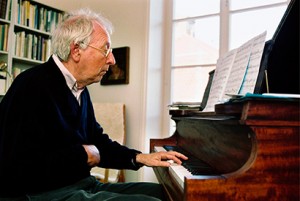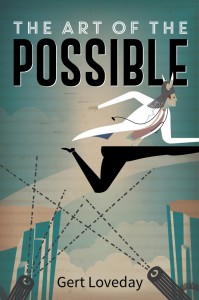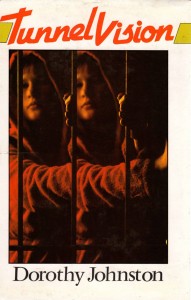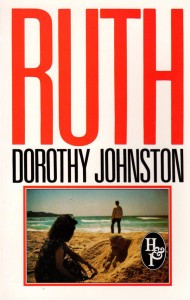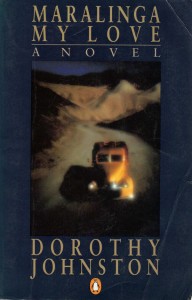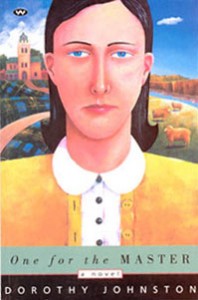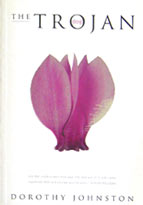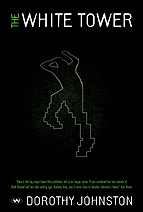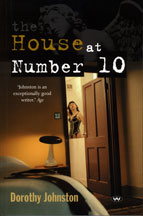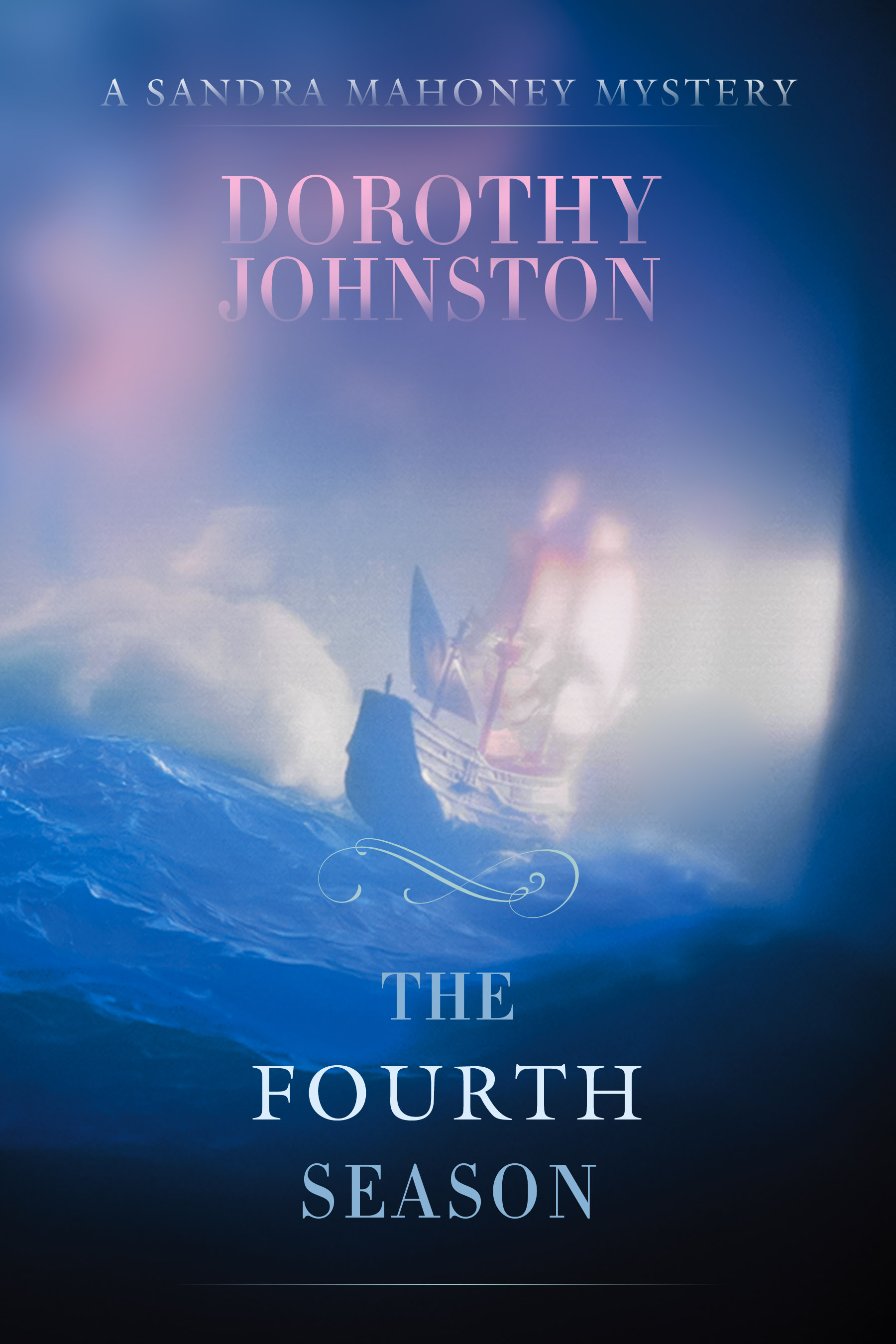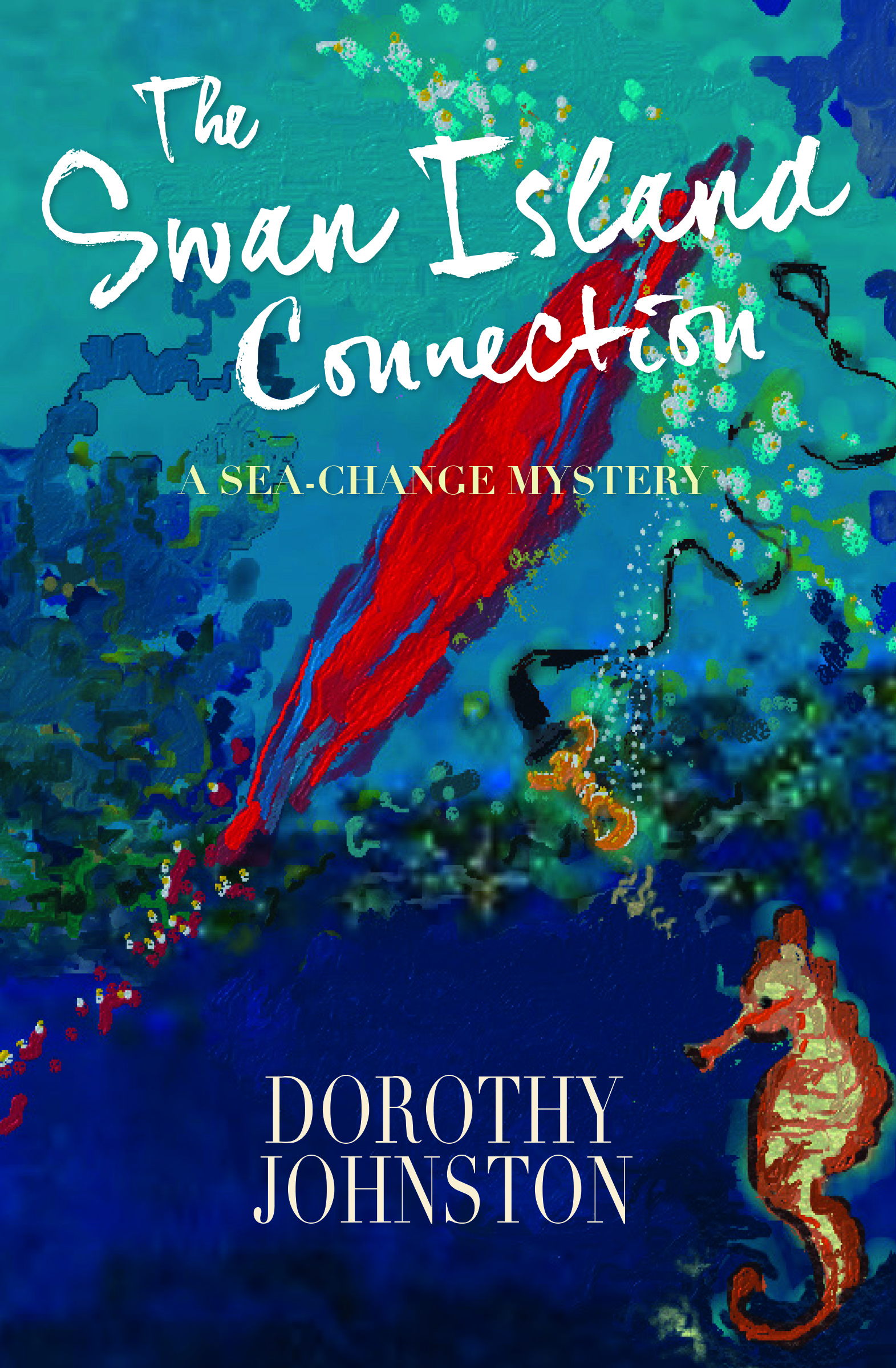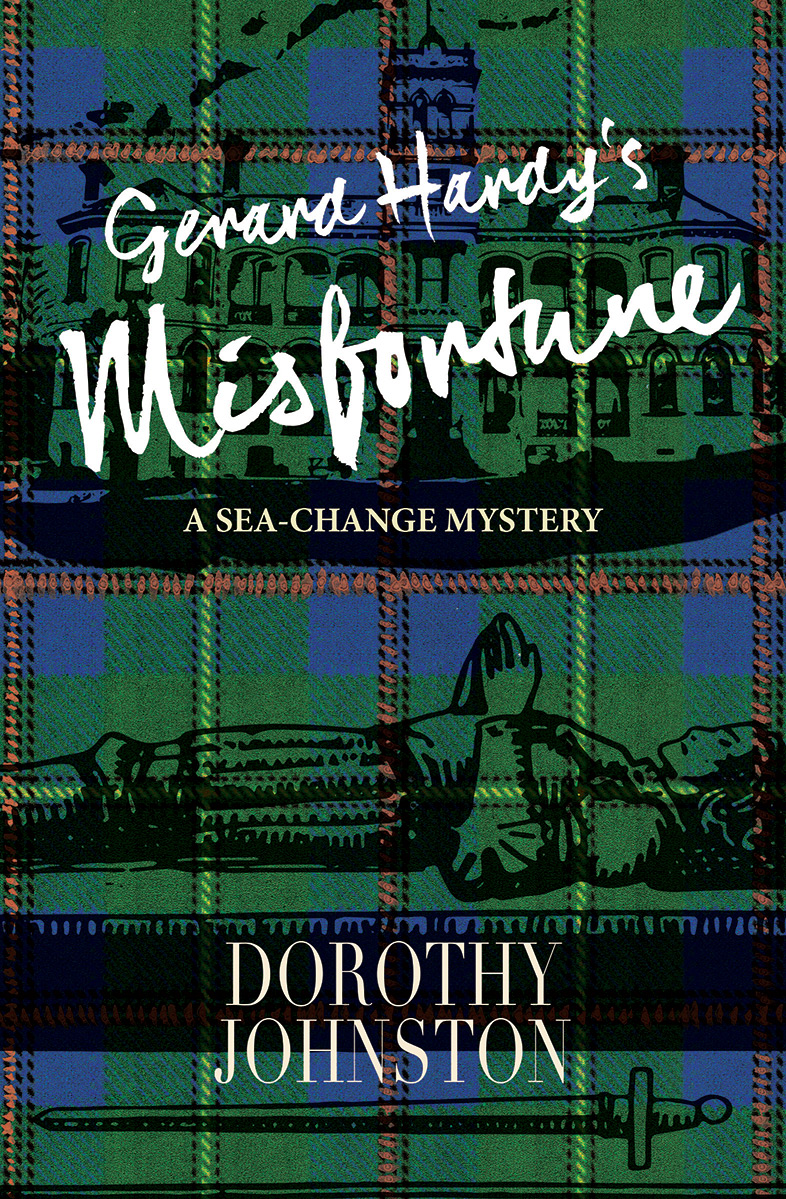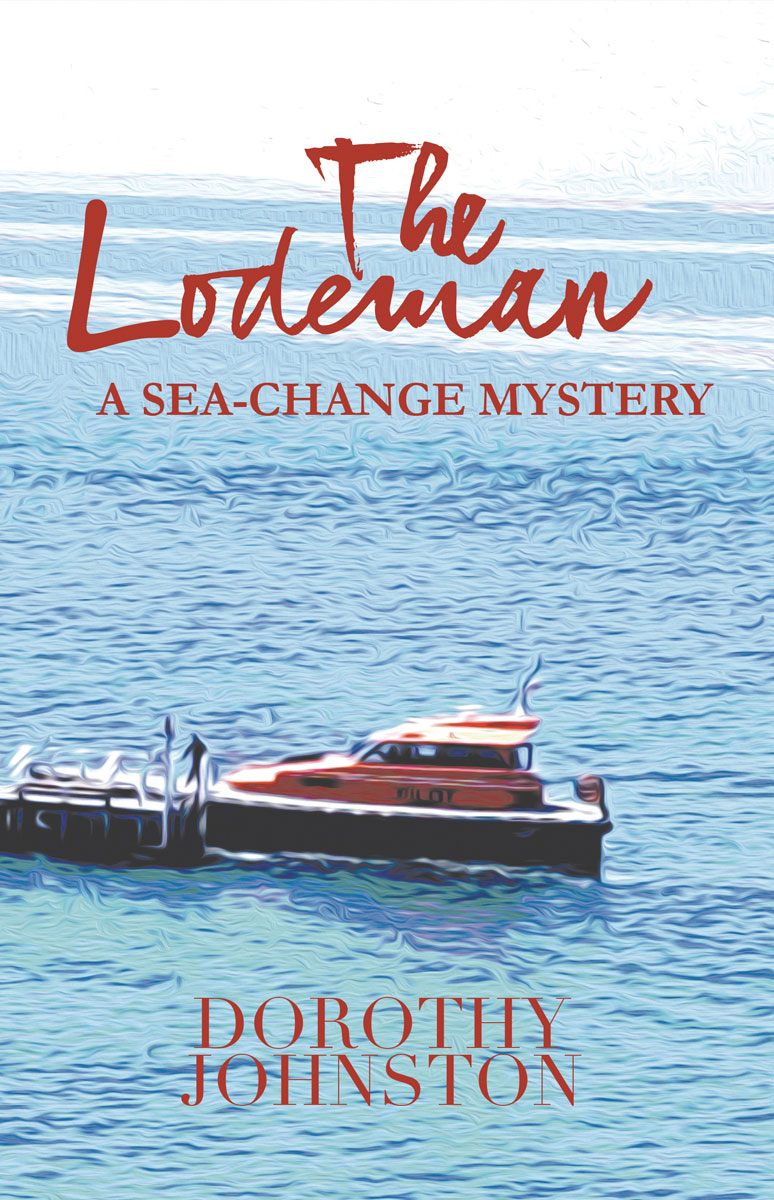Last Friday, while walking 3 dogs, I tripped, fell heavily and broke my left wrist. Now I’m facing 6 weeks without being able to swim, drive or play the piano.
It’s amazing the number of dog-walking mishap/ falling down/ breaking limb/ stories I heard during my 24 hours in hospital.
One of my nurses broke her ankle after slipping on some perfectly ordinary leaves. My anaesthetist told me how he was riding his bike with his dog running obediently alongside when all of a sudden the dog dashed in front of him. He went straight over the handle-bars, but fortunately wasn’t hurt. The culprit? A pedestrian walking towards them carrying a packet of sausages. This story was made all the more vivid because the anaesthetist was sticking needles into me at the same time as he was telling it.
I’ve just tried playing a few bars of a favourite piece on the piano with my right hand only. I can see I’m going to have to do a lot of experimenting/improvising over the next few weeks.
Soon after I started blogging, I wrote a post about the importance of music to my father when he was suffering from Alzheimer’s disease, and about playing the piano at different writers’ residencies around the world.
Thinking about this, I was reminded of the poet Tomas Tranströmer and how he taught himself to play the piano left-handed after suffering a stroke.
‘Tranströmer began playing piano as a child and it became for him in his life a passion matched only by his career as a poet. Musical references and composers often appear in his poems. In 1990, he suffered a stroke that paralyzed the right side of his body and affected his speech.
This description, from the poet’s official website, and the photo of Tranströmer sitting at his piano, focused and dedicated, his right hand tucked up and his left hand making music, moved me very much. Music is as important to me as writing, and my inconvenience is nothing compared to what Tranströmer faced. Now, when I sit at the piano trying to pick out melodies with one hand, I’ll be thinking of him.
This poem is copied from Tranströmer’s official website. I don’t know if he wrote it before or after his stroke.
Allegro
After a black day, I play Haydn,
and feel a little warmth in my hands.
The keys are ready. Kind hammers fall.
The sound is spirited, green, and full of silence.
The sound says that freedom exists
and someone pays no tax to Caesar.
I shove my hands in my haydnpockets
and act like a man who is calm about it all.
I raise my haydnflag. The signal is:
“We do not surrender. But want peace.”
The music is a house of glass standing on a slope;
rocks are flying, rocks are rolling.
The rocks roll straight through the house
but every pane of glass is still whole.
The Art of the Possible is a comic novel in the tradition of Gert Loveday’s previous books: Crane Mansions and Writing is Easy. It is hilariously funny and at the same time quietly philosophical, with a warmth and humanity I have come to expect from the author.
This new book certainly does not disappoint. Bearer of the gentle philosophy in The Art of the Possible is doctor turned medical administrator, Frank Owlbrother, a lover since his childhood of Sagaworld comics and heroic Norse legends. From the start of the novel, Frank is at the mercy of his boss, a bully who takes medical newspeak to ridiculous heights; his wife; even his office cleaner. Then there are the Oldies, a political force to be reckoned with since the introduction of Optiviva, a wonder drug that makes people over 60 vigorous and increasingly aggressive. Hospital staff, the Oldies and their youthful opponents, cabinet ministers and even the Prime Minister, become involved in a dramatic tussle to win supporters and discredit one another.
Unfortunately, or perhaps fortunately for Frank, he doesn’t recognize himself in this job description: ‘Possessing excellent stakeholder management skills, you are a proven performer who enjoys driving strategic capability initiatives within a framework of dynamic management philosophies and paradigms.’ Frank is mildly but determinedly resistant to all those who would mould him to suit their own ends, including his wife, the hospital hierarchy, even a charismatic Russian who has transformed the lives of elderly people without the use of drugs.
Towards the end of the story, Frank discovers the joy and release of free running. Gert Loveday’s satire is often sharp, yet Frank’s misadventures are perfectly plausible when you’re in the midst of them. For those who know Gert Loveday’s books, this one will be a pleasure; those who don’t have a triple treat in store.
The Art of the Possible is available from Smashwords, Amazon, and soon to be released on other platforms.
